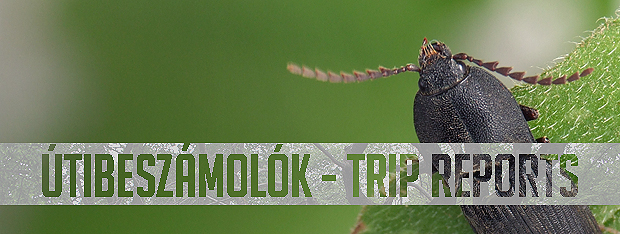
VI.2013., Kiskunság

A musk beetle,
Aromia moschata
(Linnaeus, 1758) captured during a brief stay by the road.
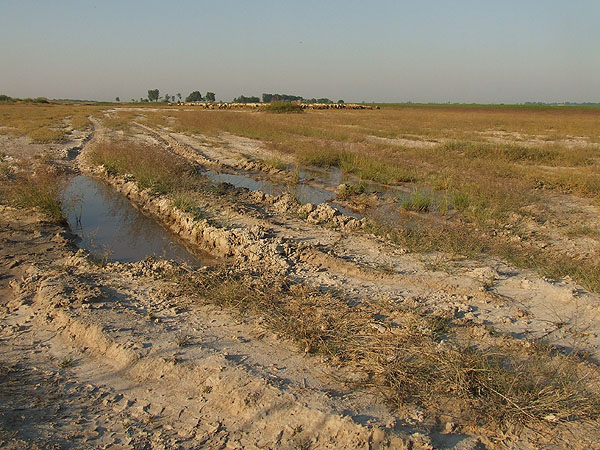
We spent a couple of
hours in the vicinity of the

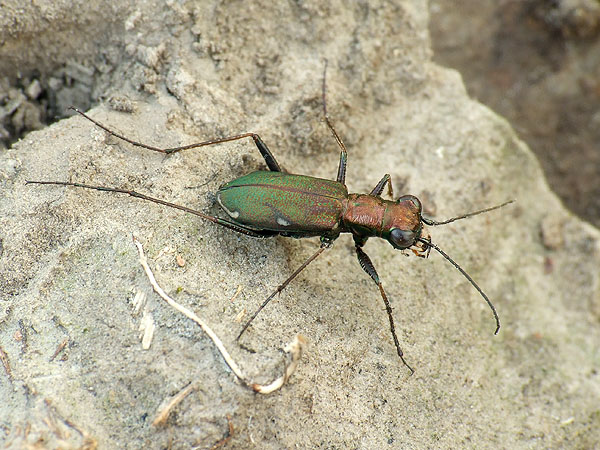
A cliff tiger beetle, Cylindera
germanica Linnaeus, 1758, common along the edges of arable
lands in
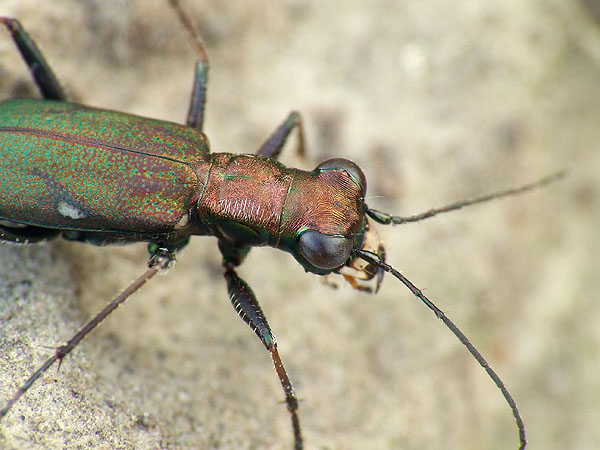

Cylindera
arenaria viennensis (Schrank,
1781) inhabits hard ground of areas with saline or clayey soil. It has
been
recorded only from a few locations recently.
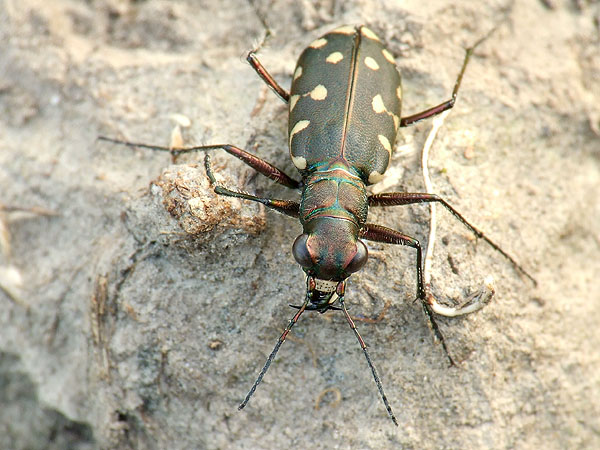
Lophyridia
littoralis nemoralis (Olivier, 1790) preferring habitats with sparse
vegetation is considerably larger than the former two species.

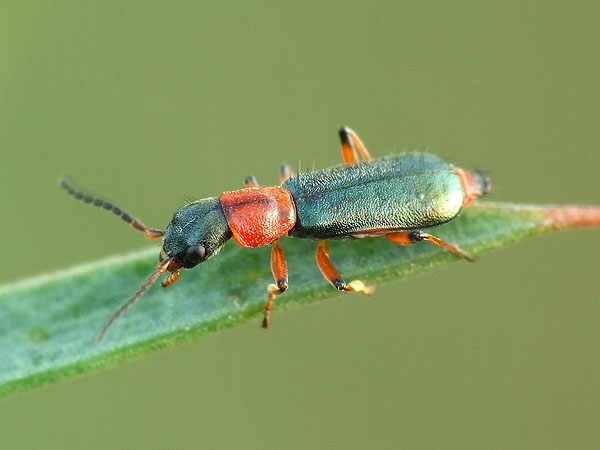
Protapalochrus flavolimbatus
(Mulsant et Rey, 1853) was first recorded from the Kiskunság in
the early 2000s.
Article here

We left the flying tiger beetles behind and drove to the village of Fülöpháza.

The blister beetle Mylabris
crocata (Pallas, 1781) is typically found in sandy habitats in
summer.
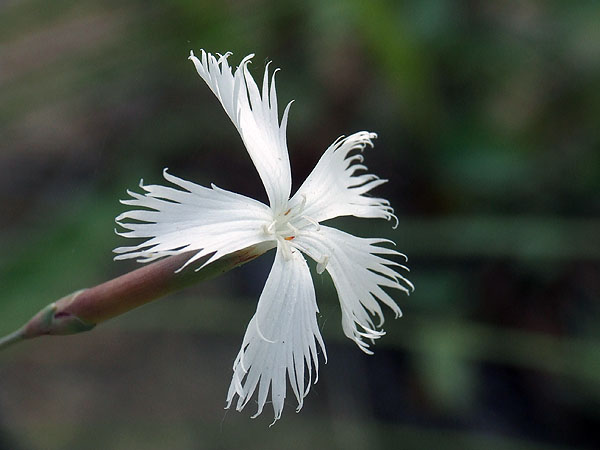
Dianthus serotinus.

Sphenoptera substriata (Krynicki, 1834) develops in plants belonging to the family Caryophyllaceae. From time to time the sun was forced to take its time and we had an opportunity to shoot beetles flying briskly around.
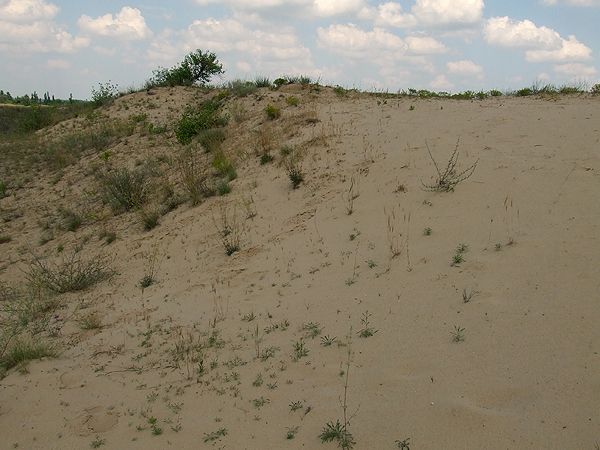

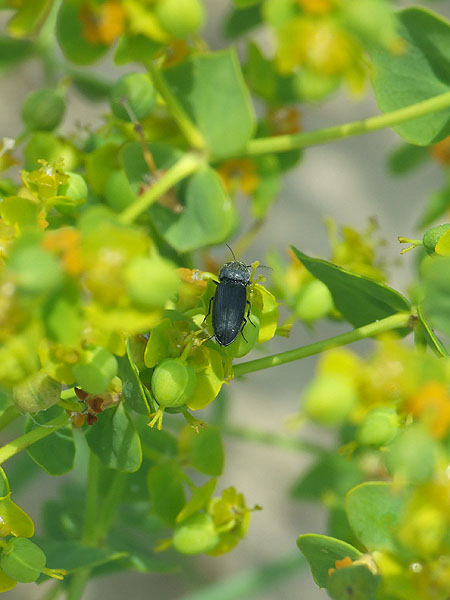
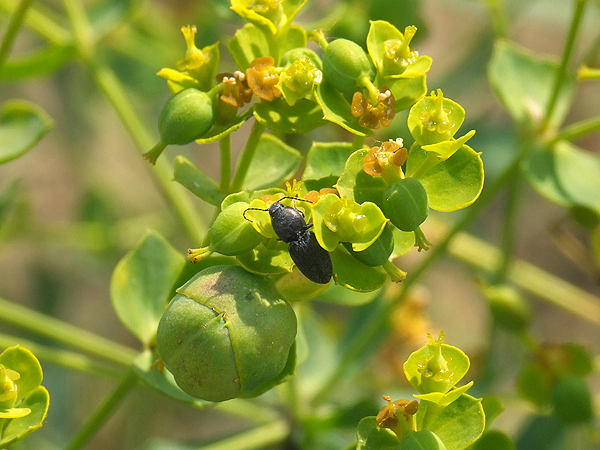
A large number of hymenopterans and, to my delight, click beetles were attracted to spurges in bloom.
We ran across the swarm of a tiny species typical to sandy areas.
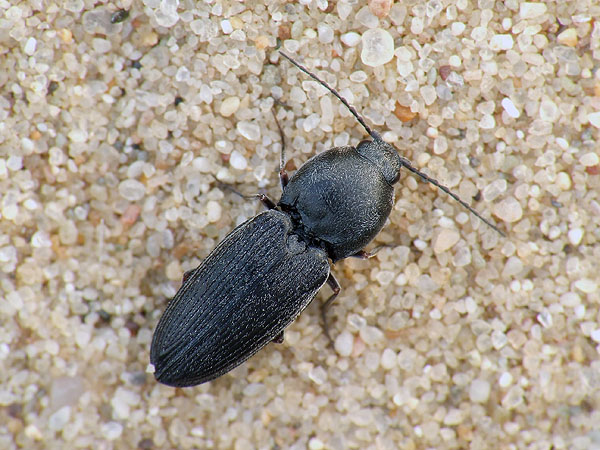
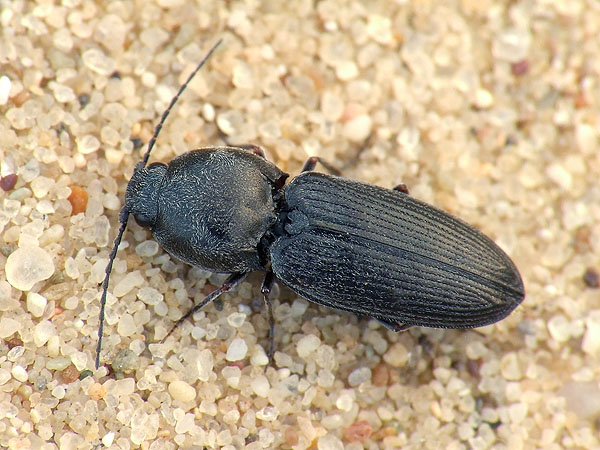
Paracardiophorus musculus (Erichson, 1840) can be found
both on sandy river banks and seashores in Southern Europe.
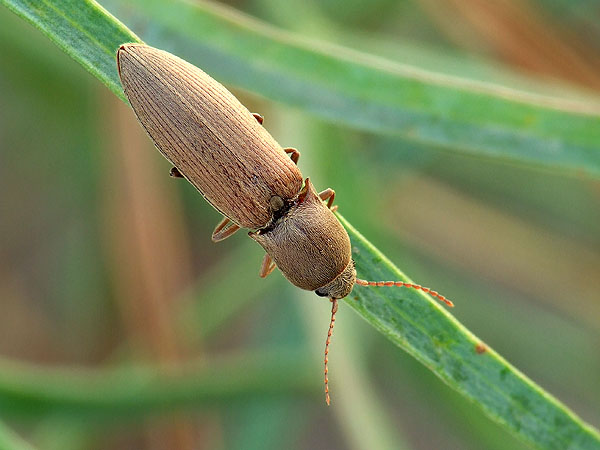
Agriotes modestus Kiesenwetter, 1858
prefers sandy habitats.
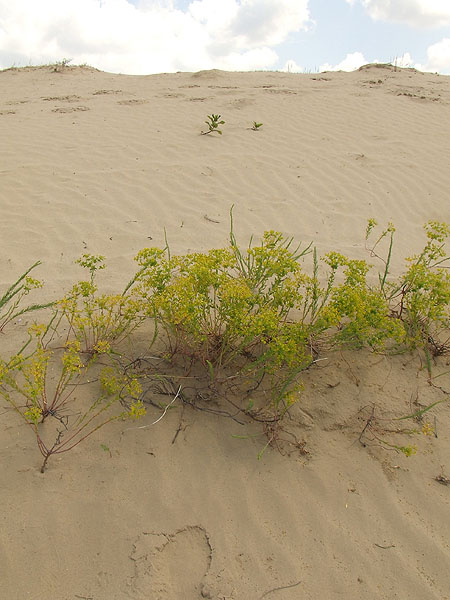
I
never get tired of staring at the ‘wandering’ sand dunes.